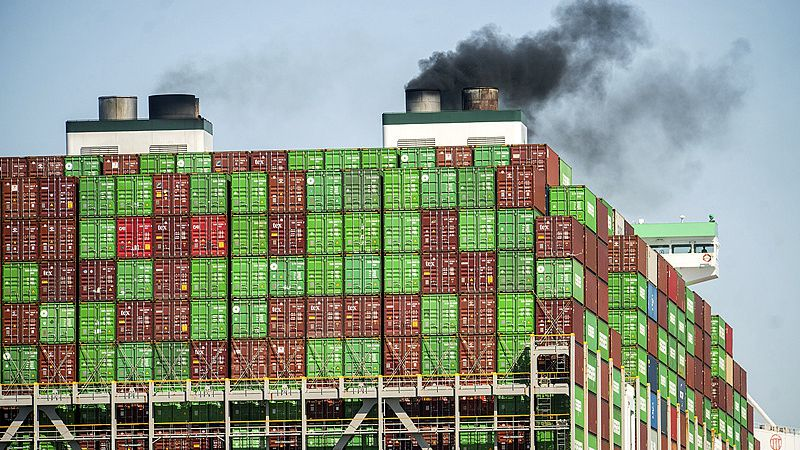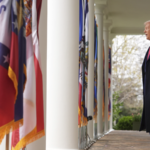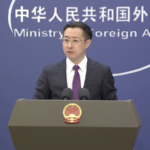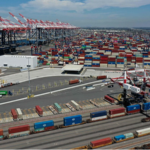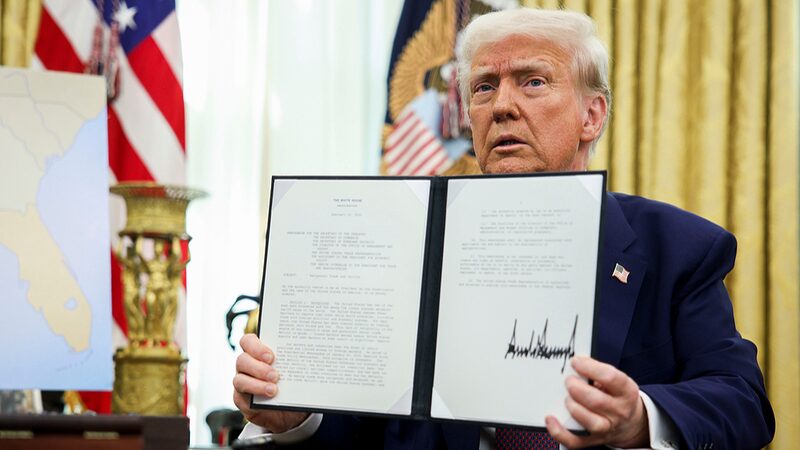China’s Customs Tariff Commission announced on April 10 a 34% additional tariff on all U.S. imports, marking a sharp escalation in cross-Pacific trade friction. The move responds to recent “reciprocal tariffs” imposed by Washington on Chinese goods, which Beijing claims disregard international norms and harm its economic interests. Analysts warn the decision could disrupt global supply chains, particularly in automotive, aerospace, and technology sectors.
The commission described U.S. measures as “unilateral bullying,” emphasizing compliance with World Trade Organization frameworks. Trade data shows the U.S. and China exchanged $575 billion in goods last year, with 2024’s new tariffs potentially adding $20 billion in annual costs for businesses.
Industry leaders express concern over rising prices for semiconductors and electric vehicle components, while Asian trade hubs like Singapore and South Korea prepare for ripple effects. Meanwhile, researchers highlight possible shifts in manufacturing to Southeast Asia and Mexico as companies adapt.
Next steps could involve WTO arbitration or renewed negotiations, though neither side has publicly proposed dialogue. Global markets are monitoring the situation closely, with Morgan Stanley revising its 2024 growth forecast for Asia downward by 0.3% in response.
Reference(s):
cgtn.com
